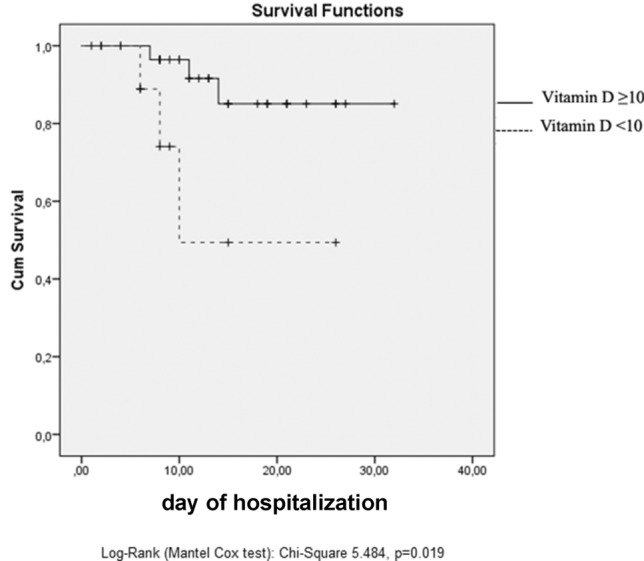Lack of Vitamin D is Associated with Acute Respiratory Failure among COVID-19 Patients
Author: Beomhyeok Lee

An observational study published on August 9th suggests that hypovitaminosis D, or vitamin D deficiency, might have a connection with mortality due to COVID-19. Vitamin D deficiency has already been extensively researched due to its association with metabolic disorders, autoimmunity, and infectious comorbidities, especially increased susceptibility to respiratory tract infections such as pneumonia.
Therefore, authors of this study have collected medical records from 42 consecutive hospitalized COVID-19 patients admitted to the Respiratory Intermediate Care Unit (RICU) of the Hospital Policlinic of Bari, Italy. Serum 25(OH) vitamin D was measured as well as respiratory parameters such as fraction of inspired oxygen (FiO2) and arterial partial pressure oxygen PaO2/FiO2 ratio, which is a crucial measure to identify acute respiratory failure. As a result, 81% of the patients had hypovitaminosis D (serum level below 30 ng/mL) and COVID-19 patients with severe vitamin D deficiency (serum level below 10 ng/mL) had a 50% mortality probability while other patients had a 5% mortality risk (p = 0.019). These results suggest a potential use of 25(OH)D as treatment for influenza and/or COVID-19, however, further studies on larger populations with randomized controlled trials are required in order to evaluate the effectiveness of vitamin D as a COVID-19 cure.
References:
Figure retrieved from G. E. Carpagnano, V. Di Lecce, V. N. Quaranta et al., Vitamin D deficiency as a predictor of poor prognosis in patients with acute respiratory failure due to COVID-19. https://doi.org/10.1007/s40618-020-01370-x
Article title: Vitamin D deficiency as a predictor of poor prognosis in patients with acute respiratory failure due to COVID-19 https://pubmed.ncbi.nlm.nih.gov/32772324/